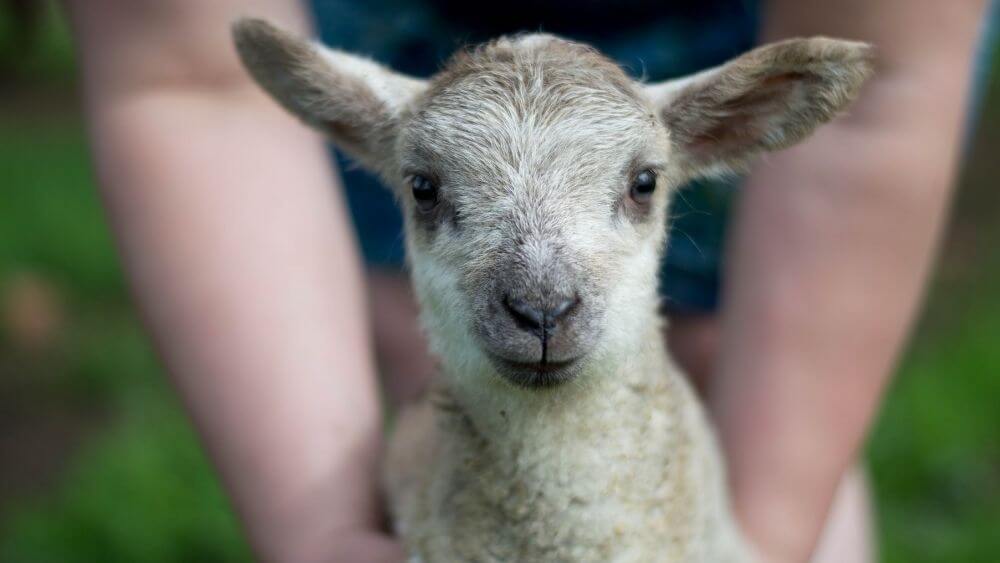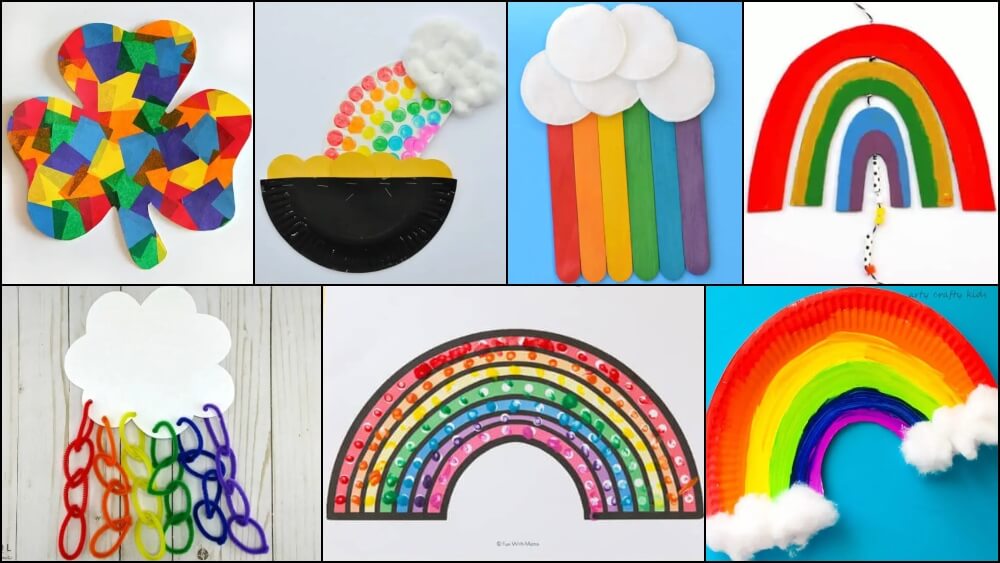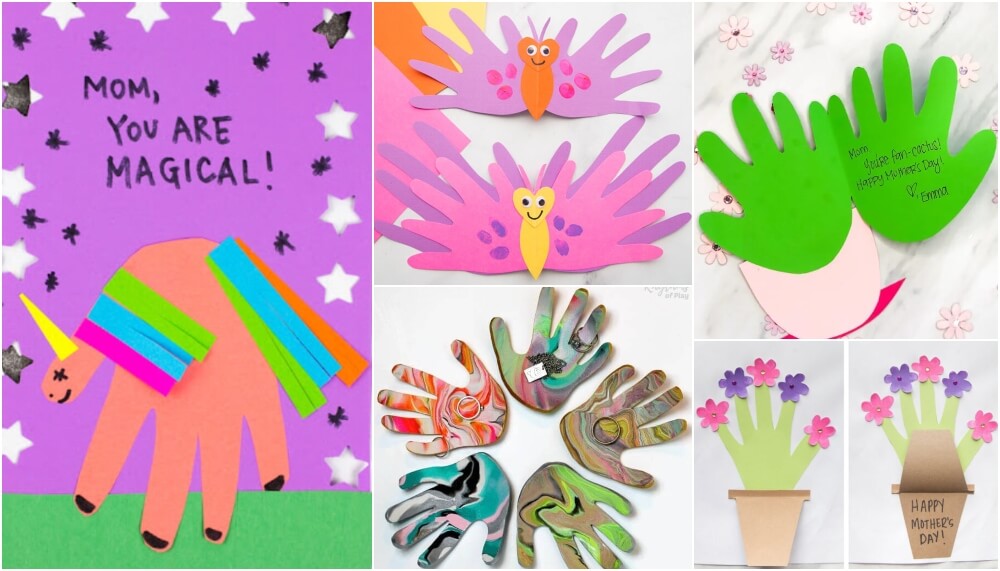Nursery rhyme “Mary Had A Little Lamb,” is based on true story. Do you know it?

Any process or sequence should be written in bullet or numbered format.
Little lamb, little lamb
Mary had a little lamb
Its fleece was white as snow
Mary went, Mary went
Everywhere that Mary went
The lamb was sure to go…
Mary Elizabeth Sawyer was a girl born in 1806 on a farm in Sterling, Massachusetts. In 1859, when Mary was 9 years old, she was helping her father on the farm when she found a sick newly born lamb in the sheep pen. It seemed like her mother had abandoned her. Mary was a keen animal lover and so she desperately wanted to help the lamb and take care of it. So, she requested her parents to allow her to pet the lamb but her parents didn’t approve of this. After a lot of pleading, however, her parents agreed to keep it. Seeing the lamb’s condition Mary’s father thought that it wouldn’t survive but Mary took such good care of the lamb that, to everyone’s surprise, the lamb became fit and healthy again in a few days. The lamb soon learnt to drink milk and it followed Mary everywhere, whenever Mary called her. Isn’t that fascinating?
One day Mary and her brother were going to school when the lamb started following them. They tried to stop her but she was reluctant to go back. So, Mary’s brother Nat, suggested that they should take her to the school with them. Mary somehow managed to get her in the classroom by hiding her in a basket and covering her with a blanket. Mary placed the basket under the desk near her leg.
The class began and when Mary stood to answer a question, the lamb suddenly came out and started bleating. Children started laughing and making noise. So, the teacher sent the lamb outside the class. But instead of running away the lamb patiently waited for Mary, outside the class, until Mary came and took her home during the lunch break.
Now it just happens that one of Mary’s schoolmates, John Roulstone witnessed all this and penned the incident into a short poem. The next day he gave the poem to Mary as a gift.
Later this rhyme was extended by Sarah Joseph Hale, which gave a strong message of the relationship between humans and animals through this wonderful little rhyme. It highlighted the importance of the relationship between humans and animals and how it is our duty to always be kind to them. She finally published the poem in the May of 1830. The poem was an instant hit and became a really popular nursery rhyme. Soon enough, schools also added the poem to their curriculum.
Many people still believe that this popular nursery rhyme was written by Hale but originally, it was John Roulstone who noticed the incident and penned it. Thanks to him we grew up signing this amazing nursery rhyme.
SUMMARY
The immensely popular nursery rhyme “Mary had a little lamb” is, interestingly enough, based on a true story. Mary was a girl from Sterling, who found a little sick lamb while helping her father on the farm when she was nine years old. She was an animal lover and so she pleaded with her parents to let her help the lamb and pet it. Mary nursed the sick lamb and managed to make her healthy. The lamb soon learnt to drink milk and followed Mary everywhere on her command. One day Mary took the lamb to her school and got caught by her teacher. The teacher shooed the lamb outside the class but instead of going anywhere, the little lamb waited for mary outside the class until Mary came and took her back home. This incident was noticed by one of Mary’s schoolmates John Roulstone, who penned it into a short rhyme and gifted it to Mary. Later this rhyme was extended by Hale and published in the May of 1830. The poem became immensely popular as we know it today.






Responses